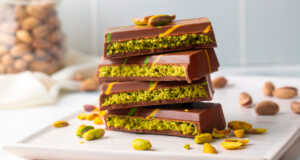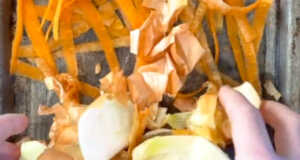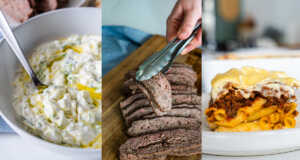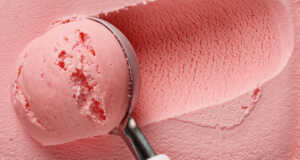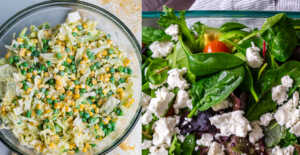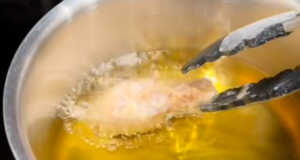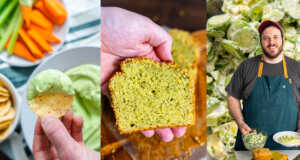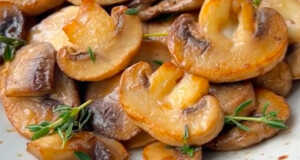The term French vanilla seems to be thrown around as much as the classic vanilla itself, but when push comes to shove, is there really a difference? What’s so French about French vanilla, and why do we have so many products labeled with that term?
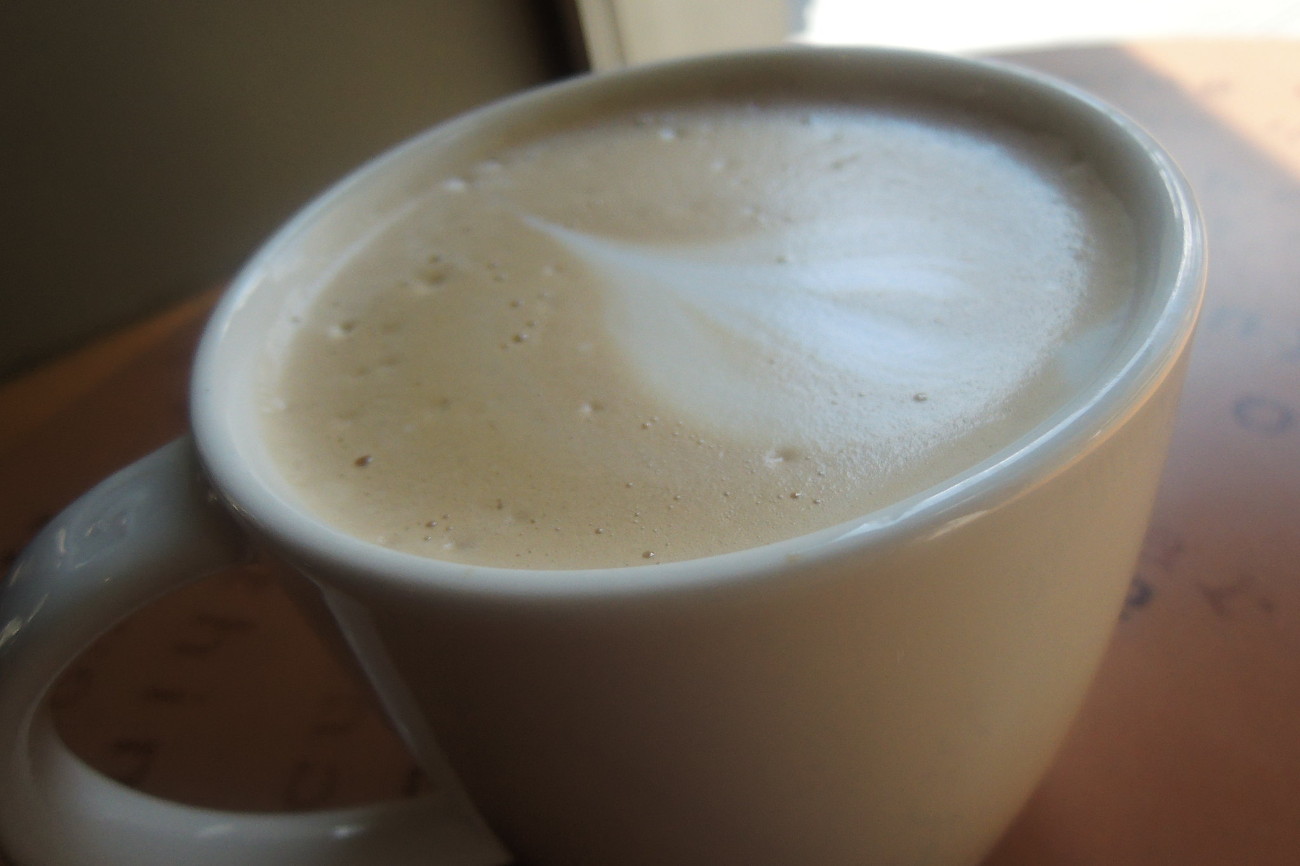
When something is vanilla, it’s described as being plain Jane, dull, or run-of-the-mill, but vanilla is far from boring, and with its popularity as the number one ice cream flavor, it goes to show that there’s nothing bland about vanilla. Being the second most expensive spice, harvesting vanilla pods from the flower is no easy feat, it’s actually surprising that we have vanilla at all. Since harvesting and curing vanilla beans is such a grueling process, and the demand outweighs the actual production of vanilla itself, real vanilla is expensive, very expensive. In fact, most vanilla-flavored products contain synthetic vanillin, and the straightforward chemical creation of the not-so-simple vanilla flavoring has been around since the 1850s with variations of the synthetic compound being used even today.

So where does French vanilla fit into all of this? Call it a ploy of marketing, but there is no variety of vanilla beans called French vanilla. Sure there’s vanilla grown in Madagascar, Mexico, Indonesia, the South Pacific, and the West Indies, but France? No.
In culinary terms, French vanilla refers to the process of making a custard, sauce, or ice cream, where vanilla flavoring enhances a decadent base of cream, sugar, and egg yolks. The richness of the cream and yolks coat the tongue making the vanilla flavor linger in the mouth longer, and you see this in French vanilla ice cream, which is fattier than its lighter, egg-free Philadelphia ice cream brethren.
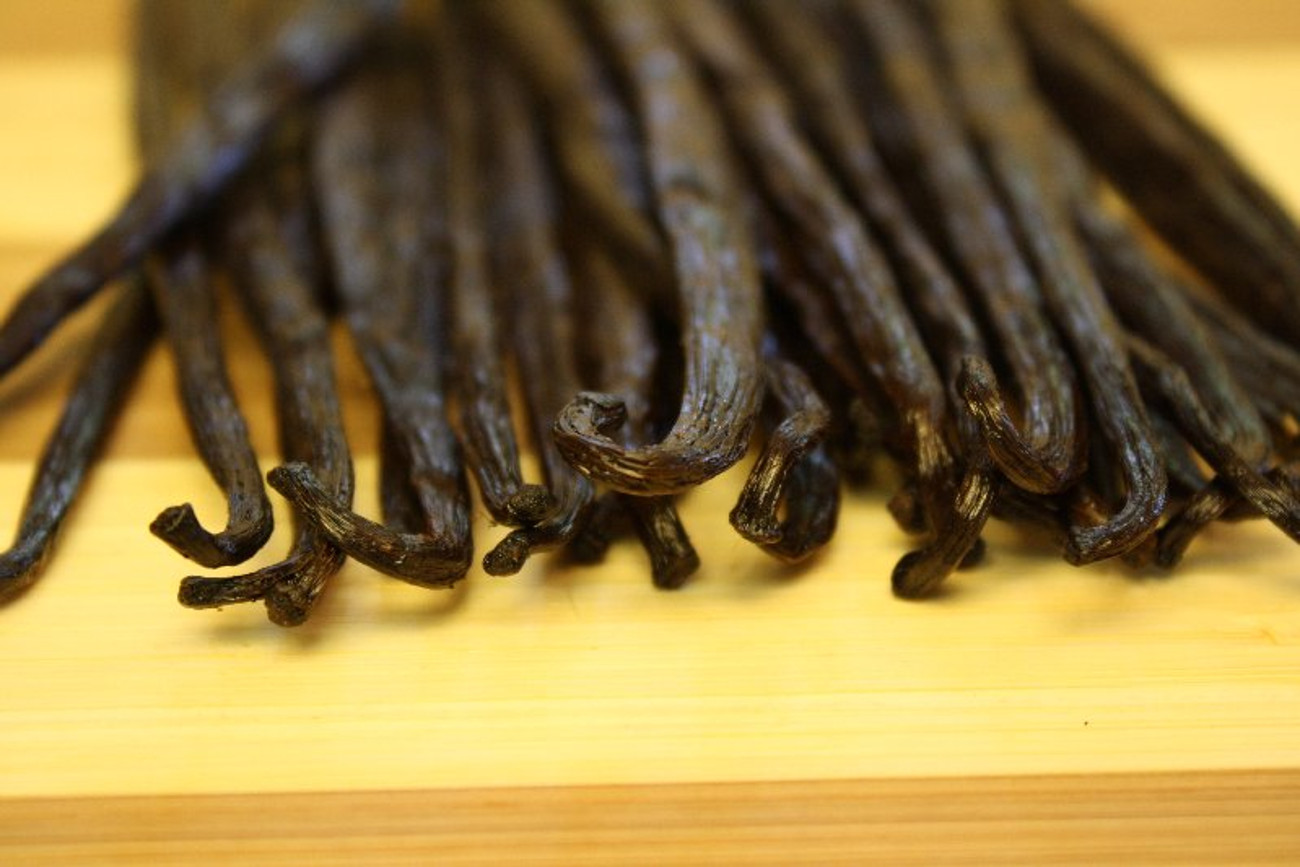
Many marketing strategies differentiate French vanilla, defining it as having a stronger, cleaner, and more pronounced vanilla taste. French vanilla categorization didn’t just get attached to ice cream, throughout the 20th-century, the term French vanilla was used with a slew of sweet products like mixes, puddings, creamers, and syrups, these products have no correlation to the French vanilla ice cream and everything to do with the marketing of French as being more elegant and classic.
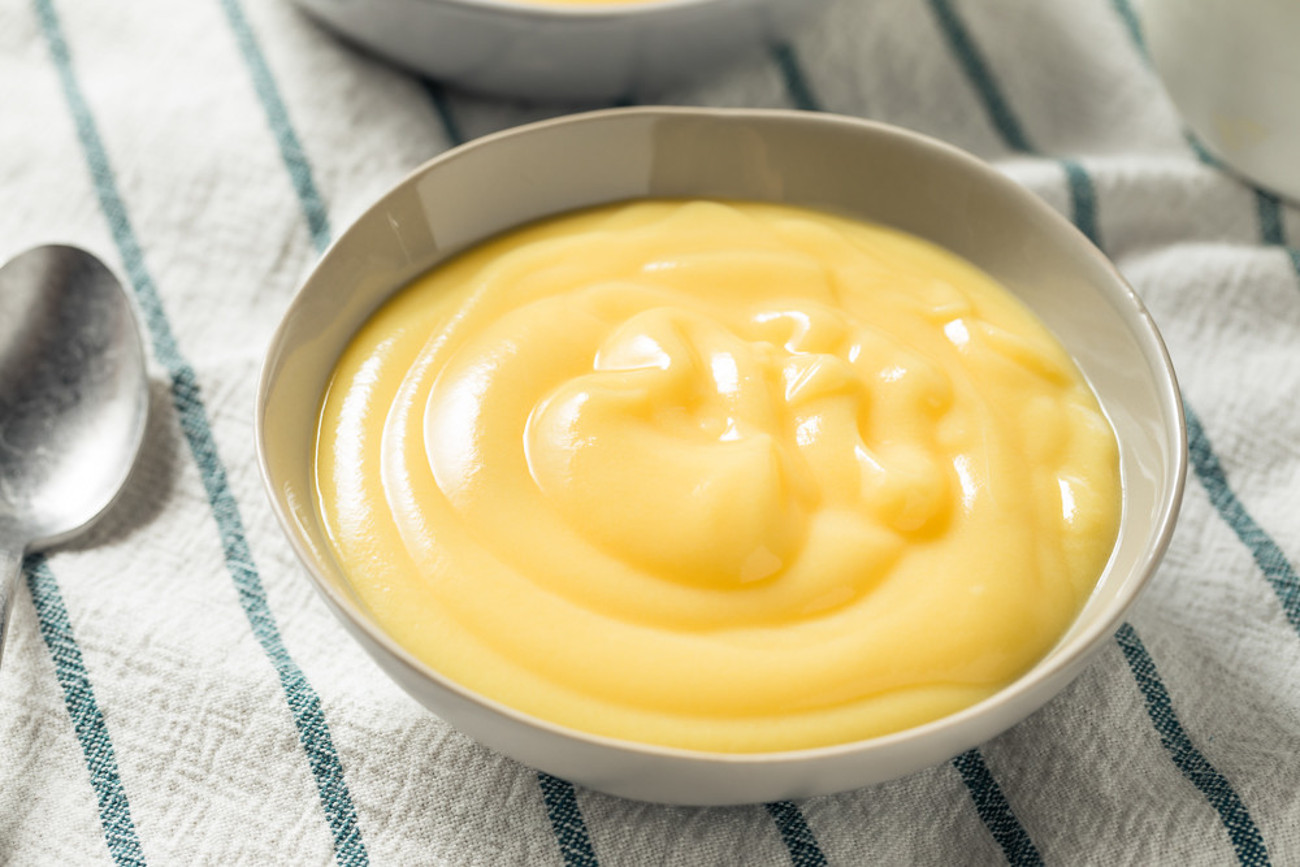
During both centuries and even today, synthetic vanilla is more common than the real thing, so many companies market French vanilla as having a purer, truer vanilla flavor. Throughout the 19th and 20th centuries, ascribing anything with the term French connoted a sense of better quality, richness, and purity. Going out to a restaurant during these times generally meant going to a restaurant with French cuisine, and since French cuisine is the epicenter of many famous desserts and culinary techniques, it was not a shot-in-the-dark connection linking French and quality together.
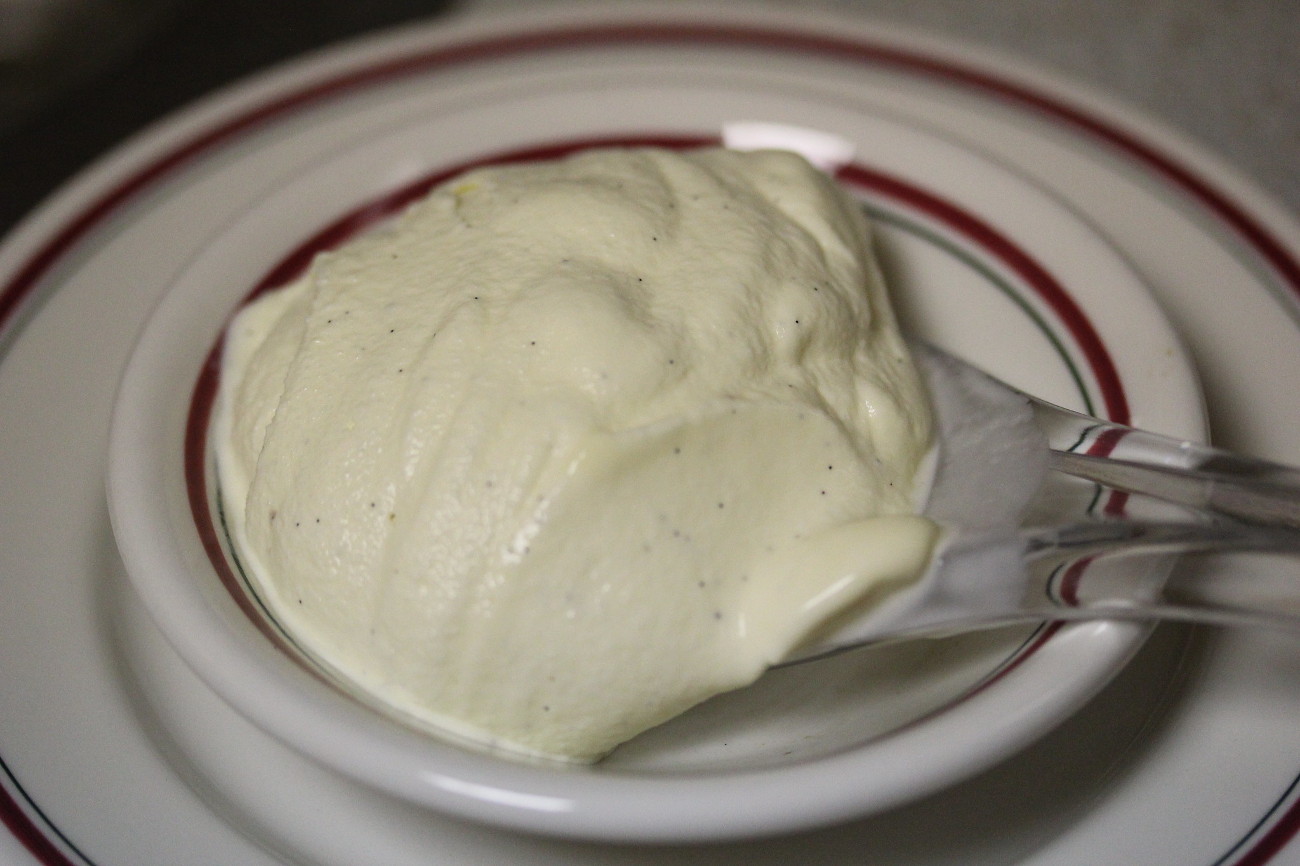
So when you order that French vanilla coffee, there really isn’t a chemical difference in the flavorings and it’s solely a trick of the mind.

